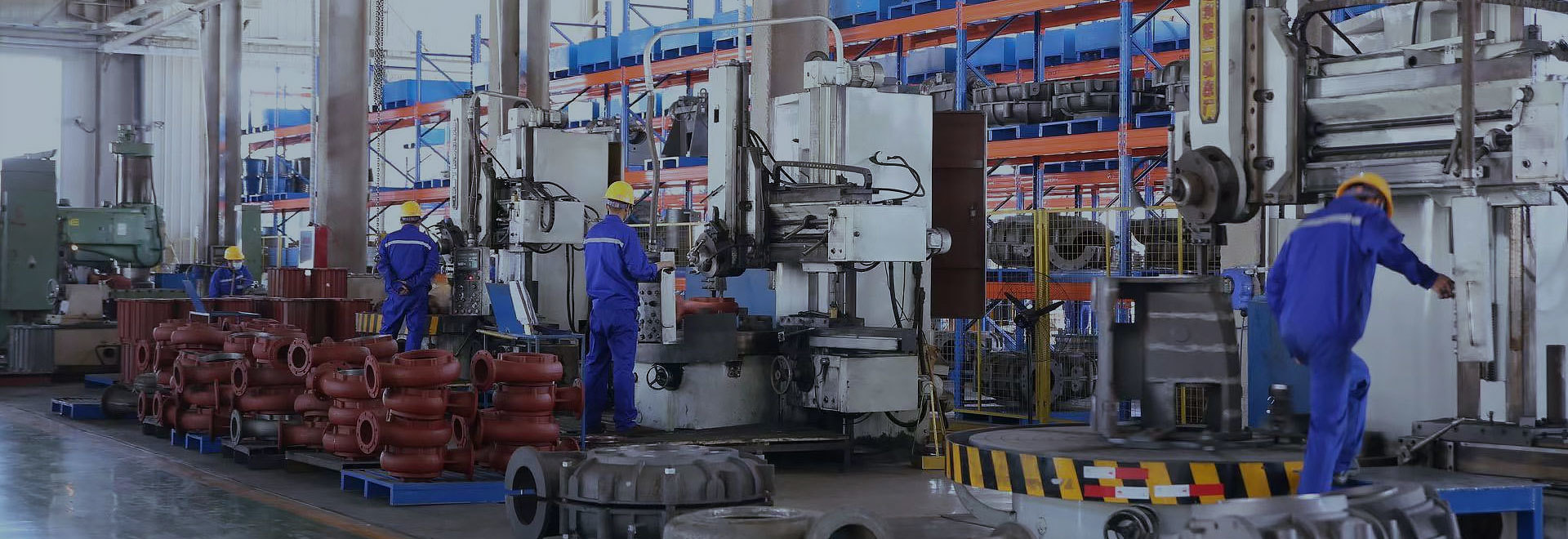How to choose the right slurry pump to extend its service life
Published:
Jan 08,2025
Slurry pumps are devices designed to transport slurries containing solid particles, primarily used in industries such as mining, power plants, metallurgy, dredging, chemical engineering, building materials, and petroleum. This article lists the factors affecting the lifespan of slurry pumps, the selection of slurry pumps, and suggestions for the daily maintenance of slurry pumps.

The key factors for correctly selecting a slurry pump to extend its service life include medium characteristics, operating conditions, pump design, and material performance.
1. Medium characteristics: The service life of a slurry pump is significantly affected by the characteristics of the medium, including the particle size, shape, and hardness of solid materials, as well as the concentration and pH of the mixture. When selecting the appropriate pump type, these characteristics of the medium must be considered to ensure the pump can properly handle the particles in the medium.
2. Operating conditions: The operating conditions such as flow rate, head, and speed of the pump also affect its service life. The design flow rate should be as small as possible, and the lower the speed, the better, as these factors directly impact the wear rate of the pump's wear-resistant components.
3. Pump design and material performance: The design of the pump's flow components, the diameter and width of the inlet and outlet, the impeller structure parameters, as well as the wear resistance, hardness, and tensile strength of the materials will all affect the service life of the pump. Reasonable design and high-quality material selection can significantly extend the pump's service life.
Specific selection methods:
1. Reasonable selection: Choose the appropriate pump type based on the characteristics of the medium. For lightly abrasive media, select a lightly abrasive pump; for heavily abrasive media, select a heavily abrasive pump. Ensure that the pump's design and materials can adapt to the characteristics of the medium.
2. Optimize layout: When arranging the slurry pump, consider the pump's cavitation margin and minimize losses in the suction pipeline to reduce wear and failures.
3. Reduce flow rate and speed: The design flow rate should be as small as possible, and the lower the speed, the better, to reduce the wear of wear-resistant components.
Maintenance and care recommendations:
1. Regular inspection and maintenance: Establish operational records, regularly measure and record the pump's suction and discharge pressure, flow rate, input power, bearing temperature, and vibration conditions. Conduct inspections and maintenance according to the recommended cycle.
2. Monitor the operating process: Prohibit dry running, avoid operating at excessively low flow rates, ensure that the mechanical seal has sufficient flushing water flow, and avoid excessive lubrication.
3. Timely replacement of worn parts: Regularly replace worn parts, such as packing and seals, to ensure the normal operation of the pump.
Keyword:
Slurry pump,Slurry pump selection,Slurry pump usage,Daily maintenance of slurry pumps
Recommended
Self-Priming Pump Selection Guide
Jan 16,2025
Main factors of wear of slurry pump flow parts
Jan 16,2025
Selection of shaft seal for slurry pump
Jan 14,2025
SHANGLISHI PUMP GROUP
Department Director: Ms. Wang
Tel: +86-311-82725800/82725629
Email: admin@sls-pump.com
WhatsApp: +86 15830676372
Mobile Website

Mobile Website
Copyright © 2022 SHANGLISHI PUMP GROUP


